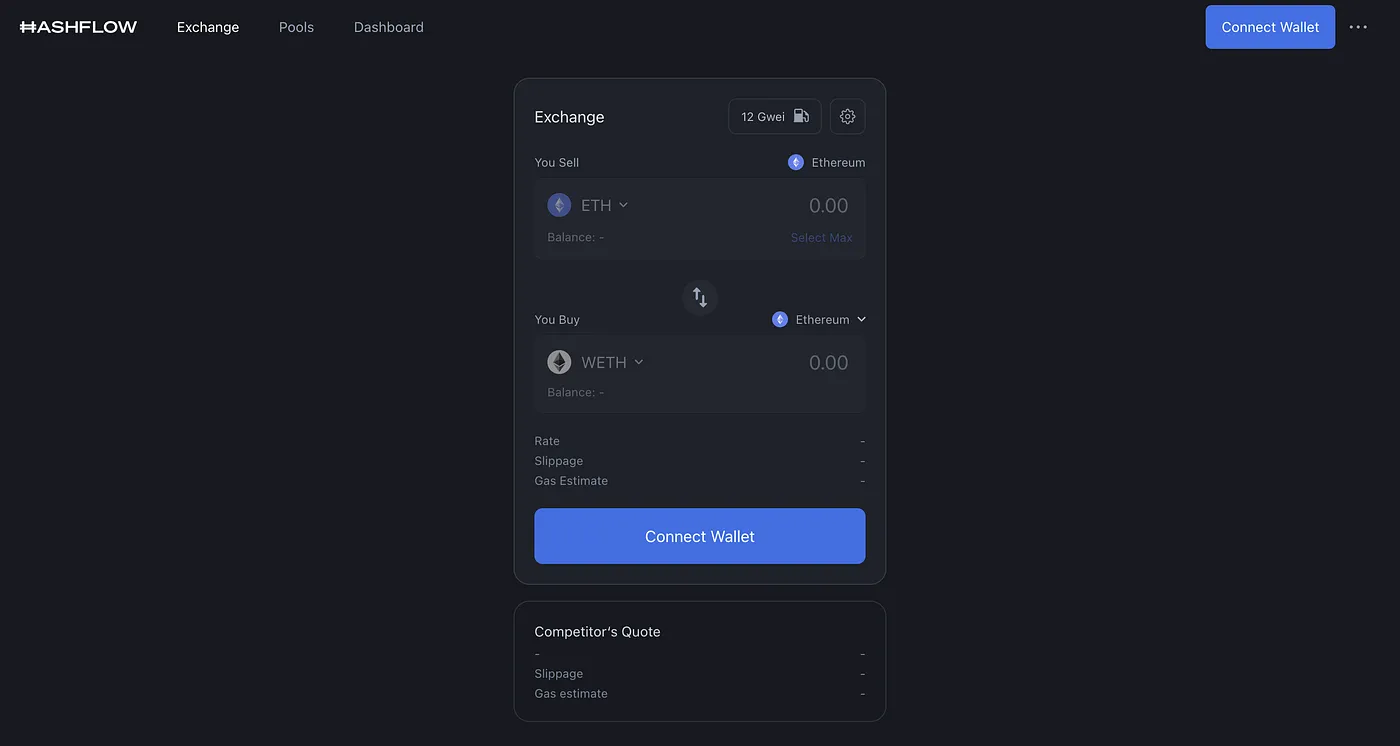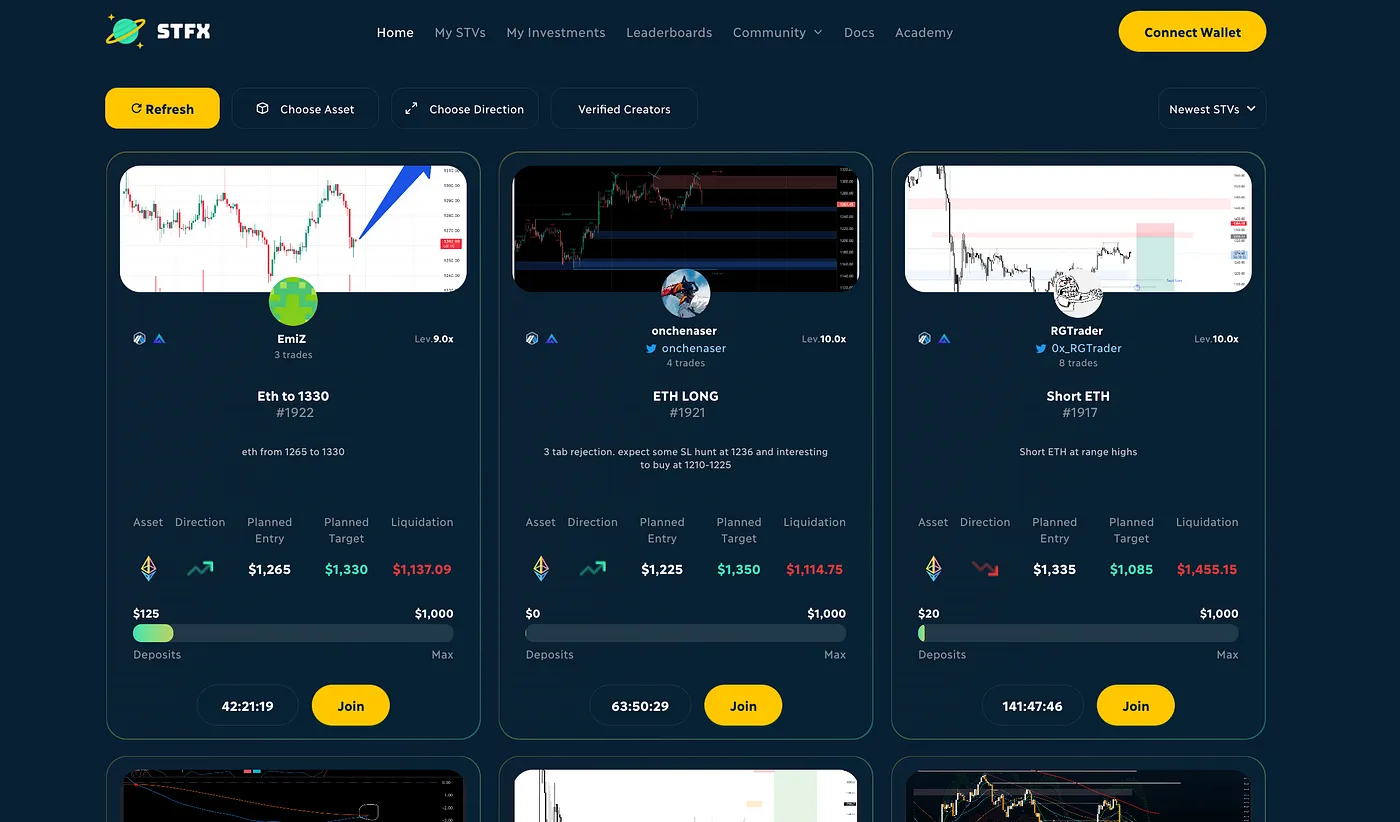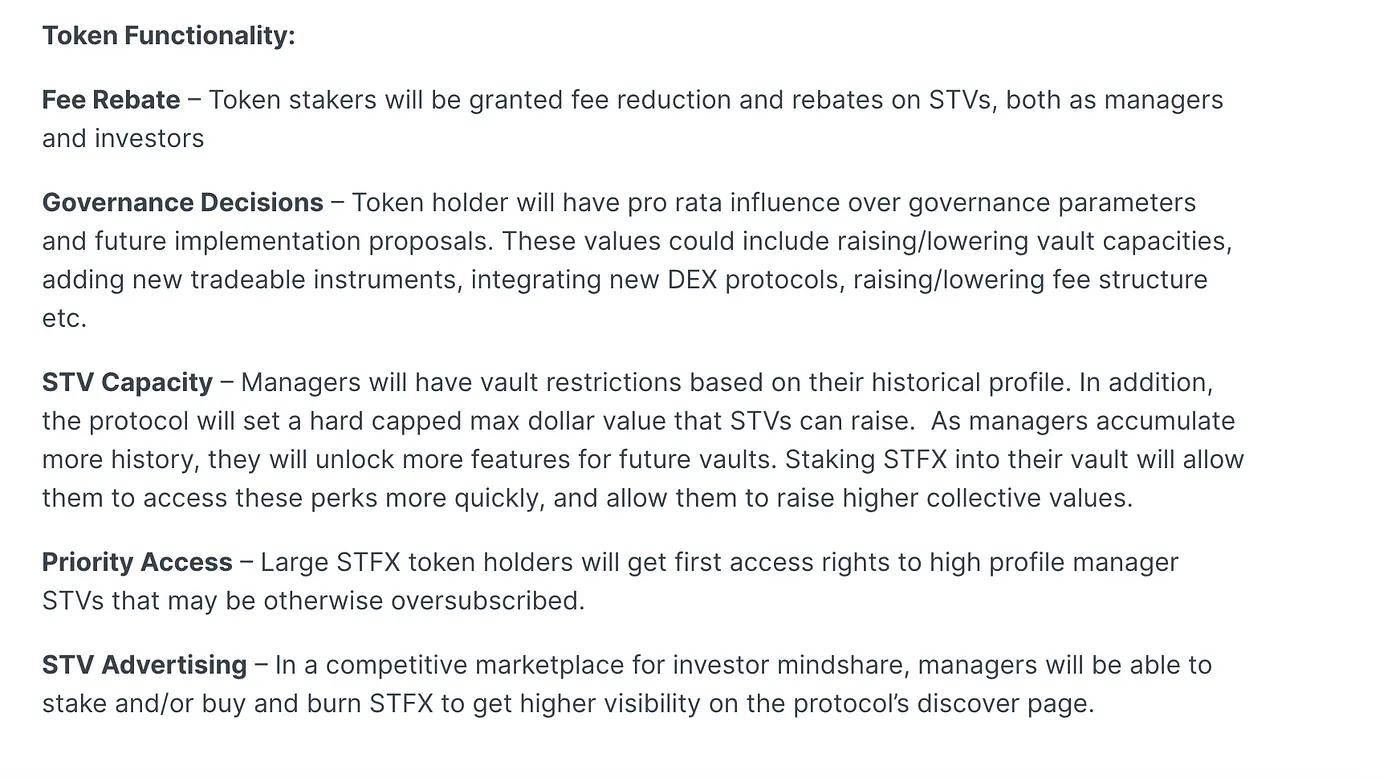Forget the current drama, or price action, let’s focus on native crypto development, on the tech side.
These days, CT has been uninspiring. Either people are still fuming about FTX, or they’d be distracted over this new AI plaything. (It’s not that impressive, IMO). Not to mention, it’s year-end, and people decidedly take a rest for the holiday season. 2022 has been brutal.
So, that leaves a small opportunity to explore for DeFi enthusiasts to get inspired by something new. Who is still building these days? As I wipe through the Defillama daily roundup, as awesome as they are, a lot of updates are still focused on FTX and its contagion.
I’ve also used the technique I did in exploring their Raises page. The result is not much ☹️. Perhaps partly my high standard is to be blamed, but maybe it’s true, the industry is taking a rest. That’s okay.
So, the few I find, maybe they’d be enough to occupy us till the end of the year. (If there isn’t another spectacular blowup to busy ourselves with.)
Hashflow 🔗
I first noticed Hashflow, when an on-chain watcher account I follow reported a quiet, yet large transfer of the token $HFT from Binance to Jump Trading’s address.
Of course, naturally, I was curious. Why are they stacking? So I checked further and found out the project has been launched through Binance Launchpad, a launch platform that introduced so many 100x tokens (albeit temporarily) in the past — i.e. GALA and STEPN.
Looking at its “pumpability,” it seems like Hashflow ticked all the boxes. Binance launchpad, big VCs backers, immediate listing on the CEX too. But what the protocol is about?
Digging deeper, I found that Hashflow is not only interesting but also comes at the right time. Just after the FTX collapse put a dent into CEX’s reputation and got people looking at DEXs more.
On the Binance launchpad, Hashflow’s short description was, “Hashflow, A Decentralized Exchange Connecting Traders with Professional Market Makers,” indicating how Hashfow is an exchange for market makers, more than just users. A good time to market them as such, as post-FTX, market maker suddenly lost their MM-ing opportunity with the collapse of the third largest exchange in the world. No wonder Jump and Wintermute are their backers.

Why is that the case? Because, unlike typical AMM, Hashflow uses market maker quotes rather than bonding curves. On AMMs, you’d pay higher for the next trade as liquidity on the pool is reduced by the previous trade (basic supply and demand. Fewer coins in the pool, the higher the price you pay) With market maker quotes, instead, you get an experience like you’d have trading on CEXs. Stable prices, and definitely no frontrunning and other MEV exploits.
This is why I think Hashflow is innovative.
DEXs are part of the crypto sectors that benefited from the FTX collapse, but let’s be honest, a lot of things about DEXs aren’t on par with CEXs. This is where Hashflow aims to change.
Hashflow boasts MEV protection, something large traders often awry about when having to deal with DEXs. Now you can trade big amounts without having to be worried about front running and sandwich attacks.
For users, apart from MEV, Hasflow offers an easy-to-use platform to swap. You can trade seamlessly on any chain without much hassle. This is an added plus point too because DEXs are also generally behind compared to CEXs when it comes to UX.
Timeline, current status 🔗
This blog post by Wintermute was posted in August, emphasizing Hashflow is where leading market makers would operate on-chain. Then Binance launchpad farming session happened throughout the entire December for a month. Probably Jump was participating in this initial sale, hence why we saw that large transfer around the time the launch ended.
HFT token is immediately tradable on Binance, as early as November 11. (the day FTX collapsed. coincidence?)
So far token utility is for community incentives. Maybe they’d do the same approach as dYdX. (Airdrop imminent?). You can read their docs for their plan onwards. If you ask me, nothing special about tokenomics. Typical governance, rewards, and some NFT stuff.
As for their activity, their stat page tells you everything. The biggest volume was on Ethereum, followed by Arbitrum. They handled quite a volume, with impressive unique users daily for a new protocol — and in bear market standard.
It’s interesting to see their future. Will they be thriving? Not only against DEXs, but also among the CEXs too.
STFX 🔗

I don’t remember how I initially came across STFX. Perhaps it was one of those Twitter threads talking about the apps on Arbitrum ecosystem. A lot of new protocols were listed but I found none to be particularly remarkable until I clicked STFX.
STFX offers a new concept and a solution to a common trader’s problem. I don’t think I ever met such a protocol before.
It has a concept like a marketplace. Everyone can be a trader. You post your entry, your exit, your liquidation point, and your overall thesis on why you plan that trade. There’s some verification method through Twitter so people can see your socials. Meanwhile, your ranks and reputations (leaderboards) showcase your skill as a trader.
I could see how this service can attract demand. If you ever trade yourself, you must understand the hardest things to executing a trade is to stay disciplined. Sometimes you take-profit too early or too late, or sell at a loss when the asset dumps only for it to bounce back quickly afterward (often happens in crypto.) In short, you may have entry-exit plans and a liquidation point in mind, but it’s just hard to stick to the plan.
What if you could just hire someone to run your trade and actually stick to the plan, with a small commission? You can sit back and set and forget.
However, giving someone your money to trade is no easy feat. How to maintain trust? How can you be sure they’re not swindling your money and misusing it?
The answer is simple: Smart contracts.
On STFX, the trader itself is not actually a trader, but rather a vault maker/manager. One trade is one vault. A user sets it up, set whether they’re long or short, set entry, set exit, and liquidation point. Anyone who agrees with his or her view can join the trade in an instant. The smart contract will keep the fund throughout the trade and make sure the manager can only do what the smart contracts allow them to do.
Here’s the entire flow of STFX trades look like this.

You can see how managers receive fees and also the treasury too. It’s a good business model, planning to be sustainable and benefit every participant.
I’m also very impressed with the planned utility of their token, $STFX. The priority access is exceptionally genius. For example, a star crypto trader decides to open a vault here. A lot of people would want to join. Having some STFX tokens can grant you VIP access over those who don’t hold any tokens.

Conceptually, STFX is mindblowing for me because it allows users to trade short-term rather than long-term. I agree with their reasoning on why they created the platform. Sadly, lately, price actions on the crypto market encourage short-termism. When you trade, the turnover could be higher than in long-term holding or trading — those poor 2017 BTC buyers wait 5 years for things to only roundtrip their portfolio.
STFX teams simply decided to embrace that and adapt. Volatility, after all, is better for trading.
All things about STFX scream Degen. The protocol fully embraces the degen nature of some, if not most, crypto natives.

A fun dApp overall. Leaderboards are fun to build a reputation — Competitions to flex with one another. You can join for as low as $10. STFX runs on Arbitrum so you don’t have to worry about high gas. To complete the degen vibe, the protocol is still on Alpha as well.
Over everything, I can see a sustainable business model beneath, despite you may look at them as if they don’t take themselves too seriously. There is a real demand for the solution STFX offers.
So, what do you think?
If you know interesting DeFi protocols I might have overlooked, you can comment below or shoot me a DM on Twitter. I’d love to expose myself to more cool apps.


